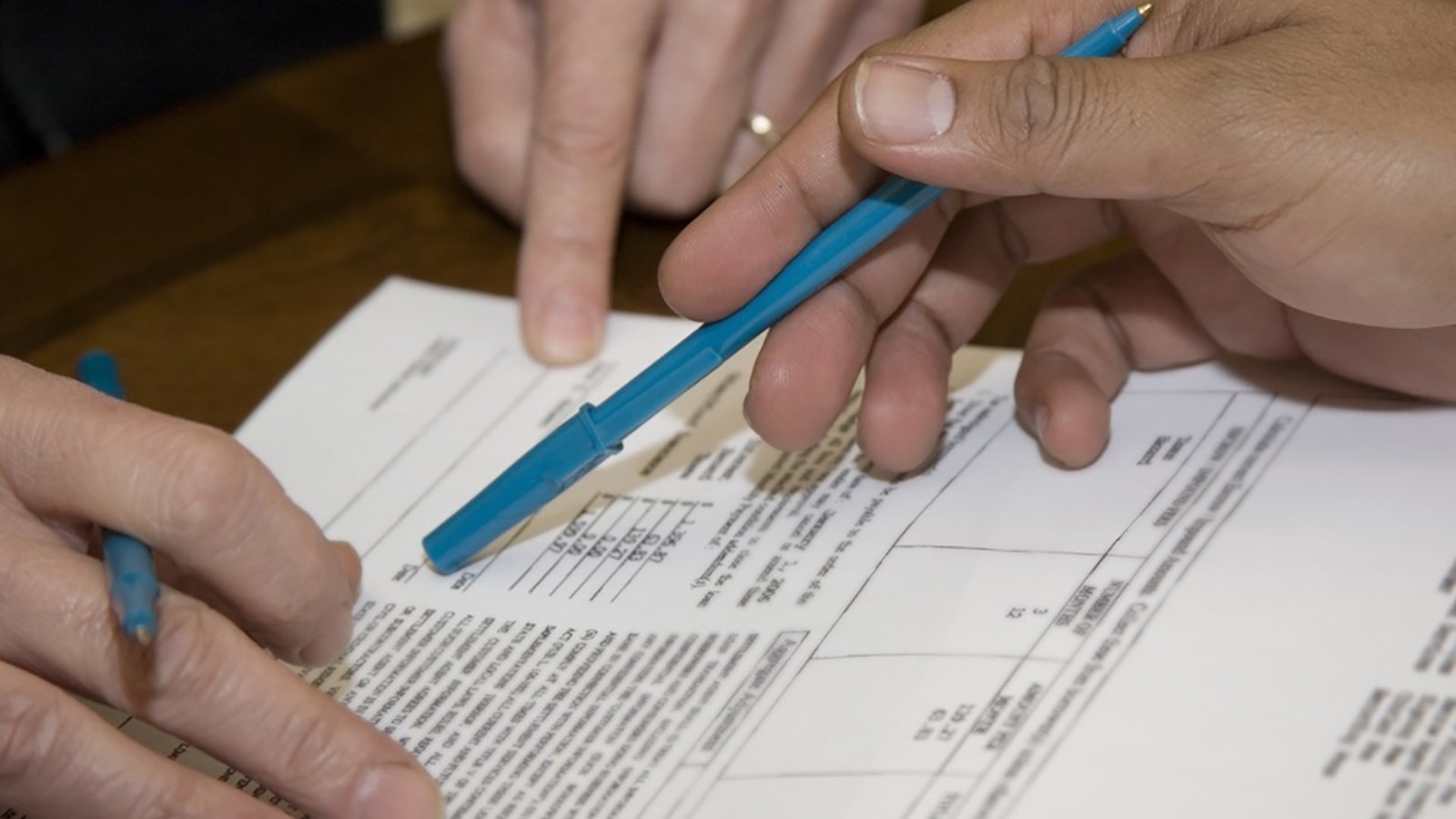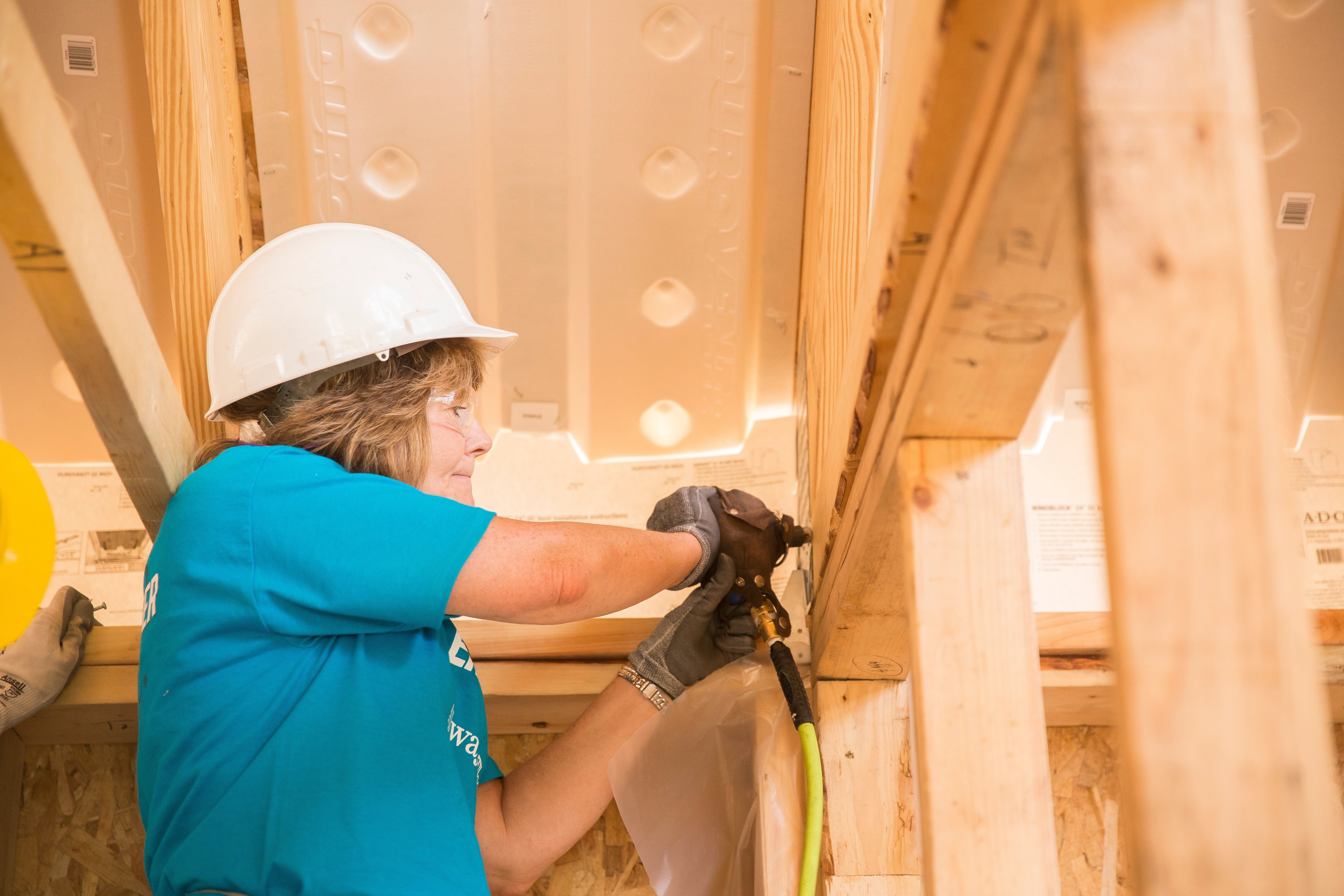7 Mortgage Mistakes to Avoid When Buying Your First House
Having a good understanding of basic real estate concepts will help you feel confident in the choices you make when buying your first house. You will...
3 min read
 Twin Cities Habitat for Humanity
:
10:30 AM on November 28, 2017
Twin Cities Habitat for Humanity
:
10:30 AM on November 28, 2017

 So, you've got your eye on a house. It's a three-bedroom, two-bathroom, split-level home in a safe and friendly neighborhood. It's everything you've dreamed of having in your first home. But you're curious about whether you qualify for a home loan and want to find out if you can secure a mortgage.
So, you've got your eye on a house. It's a three-bedroom, two-bathroom, split-level home in a safe and friendly neighborhood. It's everything you've dreamed of having in your first home. But you're curious about whether you qualify for a home loan and want to find out if you can secure a mortgage.
Before mortgage lenders start using industry words you don't understand, it's important to learn some basic loan terms when considering first-time homeownership. The information will be helpful as you embark on this journey of a lifetime.
Sometimes referred to as “the down,” a down payment represents a percentage of the purchase price that you're willing to pay upfront. Knowing what it is, is the easy part. It gets tricky when you're trying to save money for a down payment and don't know how much you will need to set aside.
How do you know what percentage of the sale price you should put down as your initial "down payment?" The answer will depend on the lender and the type of program you may be eligible for. For example, many loan programs require a down payment between 10% and 20% of the overall cost. But some federal, state and local programs require only a 3.5% down payment.
The “LTV” plays a big role in the mortgage process because it contains the risk factor of a home loan. To calculate the LTV, the loan amount is divided by a home's value (determined by an appraiser). For example, someone applying for a $92,500 mortgage on a home appraised at $100,000 would have a 92.5% LTV ratio (92,500 / 100,000 = .925).
The purpose of a home appraisal is to protect the lender, so they aren’t lending on a home that isn’t worth what the buyer is willing to pay for it. So, if someone purchased a home for cash and no lender was involved, then no appraisal would be completed. A homeowner doesn't want to overpay for a home any more than a lender wants to take on the risk of lending a higher-than-necessary amount of money for it. In fact, if a lender thinks that the LTV is too high, he or she could require the homeowner to purchase mortgage insurance to reduce the risk.
This ratio equals a buyer's total debt divided by their gross (total) monthly income. For example, if you pay $1,500 a month for a lease, $200 for a car loan, and $300 for other debts, your monthly debt amounts to $2,000 (1,500 + 200 + 300 = 2,000). Keep in mind, however, that debt can come in many forms and it varies from one buyer to the next—credit card balances, medical bills, and student loans, for example, are all forms of debt.
If your gross monthly income is $6,000, then your debt-to-income ratio is 33% (2,000 / 6,000 = .33). This actually would be a fine percentage to land upon since many lenders prefer a ratio ranging between the 30s to the low 40s. The reason it’s often preferred to have a number within this range is because – if the ratio gets too high – a borrower may have trouble affording his or her monthly payments. But there are programs that allow higher ratios as well.
Learn more about Debt-to-Income Ratio and more in our article.
It’s well-known that a credit report comes down to three numbers that can range from 300 to 850, but what do those numbers mean? These numbers essentially tell a lender whether or not an individual is reliable in paying off his or her debt. Most credit reports list:
In general, the higher your credit score, the better your mortgage terms. Minimum credit scores to secure a home loan vary by lender. For example, TCHFH Lending, Inc. prefers a credit score of 620 but will consider a score as low as 580 with alternative credit documentation.
Even if you’re starting to get the home-buying terminology down, you may still be unsure how it all works, and that’s okay. We know that there’s a lot that goes into buying your first home. That’s what Twin Cities Habitat for Humanity’s Homeownership Program was designed for. It provides one-on-one financial coaching that focuses on your budget, and helps homebuyers pay down debt, understand credit, and save for the future.
Your gift unlocks bright futures! Donate now to create, preserve, and promote affordable homeownership in the Twin Cities.

Having a good understanding of basic real estate concepts will help you feel confident in the choices you make when buying your first house. You will...

Twin Cities Habitat, along with many other local and national housing organizations, is gearing up to celebrate National Homeownership Month over the...

Whether you’re buying your first home or you’re on your third, chances are you’ll find yourself looking for a mortgage lender. Since the average U.S....